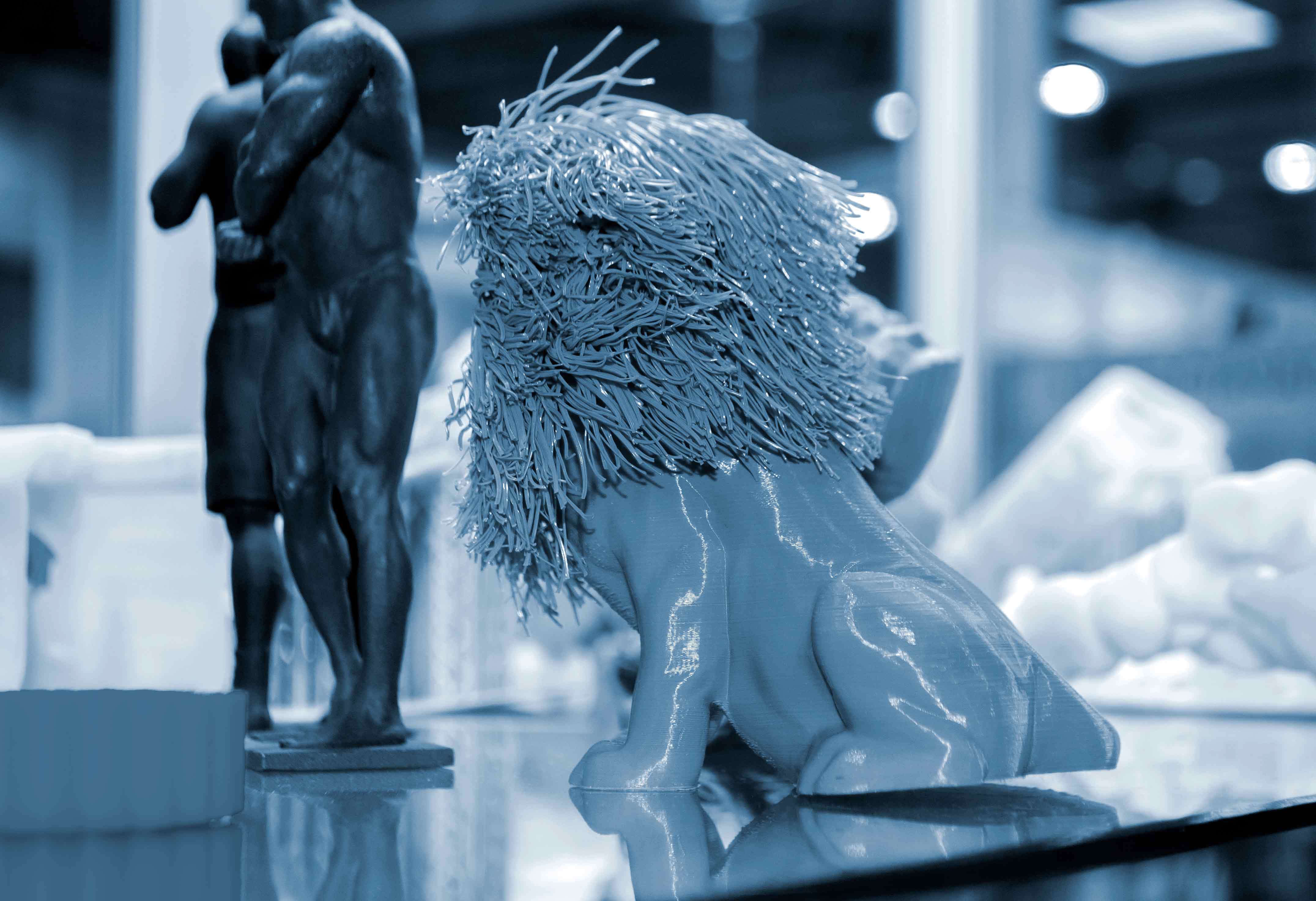Advantages:
● Smooth Surface Finish: SLA printers can produce parts with very smooth finishes, comparable to injection-molded parts.
● Print Complex Patterns: It can accurately print intricate internal geometries that are often challenging for other 3D printing technologies.
● High Detail for Miniatures: SLA is excellent for printing detailed miniatures with almost perfect quality.
● Short Print Time: The printing time is generally shorter as it depends on the volume and not the complexity of the print.
● Variety of Material Choices: There is a wide range of resin materials available, allowing for different mechanical and thermal properties.
● Compact Design: SLA printers typically have a smaller footprint compared to other 3D printers.
Disadvantages:
● Higher Cost: Both the resin materials and the printers themselves can be more expensive than other types of 3D printing technologies.
● Post-Processing: Printed parts often require cleaning and curing, which adds extra steps to the process.
● Environmental Concerns: The resins used in SLA printing are not environmentally friendly and require careful handling and disposal.
● Durability: While SLA prints are detailed and precise, they may be weaker in strength compared to other materials.
● Size Limitations: SLA printers typically cannot print as large objects as some other types of printers.
● Fragility of Components: The laser and transparent display components of SLA printers are delicate and can be prone to damage.












